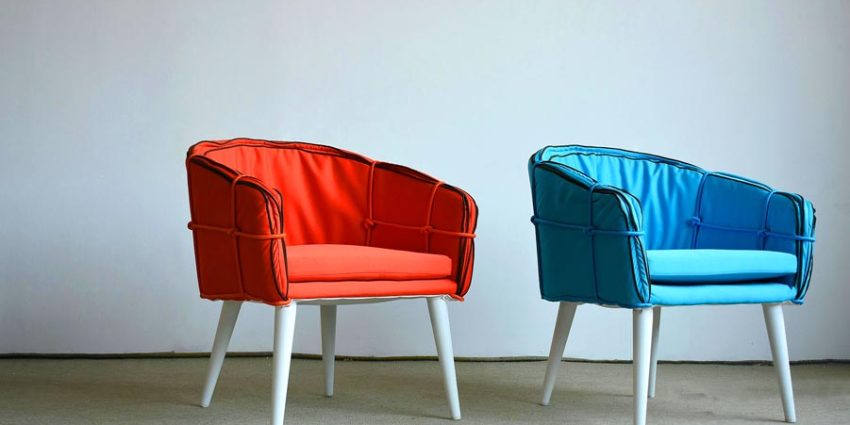In the intricate world of upholstery, tools are the unsung heroes. They shape the fabric of our creativity and craftsmanship. Yet, like any hero, they need care and attention to perform at their best. Proper tool maintenance is not just a checkbox on a to-do list; it’s a vital practice that ensures longevity and performance. So, why should upholsterers prioritize this often-overlooked aspect of their craft?
Performance Matters
Imagine this: you’re deep into a project, the fabric is stretched, the frame is ready, but your tools are dull or malfunctioning. Frustrating, isn’t it?
- Consistency in Quality:
Well-maintained tools deliver consistent results. Sharp scissors cut cleanly, while a properly functioning staple gun ensures every piece is secured just right. When tools perform optimally, the quality of work soars.
- Efficiency Boost:
Time is money in the upholstery business. Dull tools slow you down, leading to mistakes that require rework. Regular maintenance keeps your tools sharp, allowing you to glide through projects with finesse and speed.
Longevity of Tools
Investing in quality tools is only half the battle. The other half? Keeping them in prime condition.
Just like a car needs oil changes, tools require regular care. Cleaning, lubricating, and storing them properly can significantly extend their lifespan. This means less frequent replacements, saving you money in the long run.
Neglecting maintenance can lead to bigger issues down the line. A simple problem, like a loose screw, can evolve into a costly repair or even total replacement. By regularly inspecting and maintaining your tools, you can catch issues early and avoid financial headaches.
Safety First
In the upholstery world, safety isn’t just a buzzword; it’s a necessity.
- Reducing Accidents:
Dull or malfunctioning tools can lead to accidents. Imagine a sewing machine that suddenly jams or scissors that snag fabric unexpectedly. These mishaps can cause injuries. Proper maintenance helps ensure tools operate smoothly, reducing the risk of accidents in the workspace.
- Creating a Safe Environment:
When your tools are in good condition, you foster a safer work environment. This not only protects you but also promotes a culture of safety among your team.
Enhancing Creativity
Believe it or not, well-maintained tools can unleash your creativity.
- Confidence in Craftsmanship:
When your tools are reliable, you’re free to experiment. You won’t hesitate to try new techniques or materials, knowing that your tools will perform as expected. This confidence can lead to innovative designs and styles that set you apart.
- Enjoying the Process:
There’s something satisfying about using tools that are in prime condition. The feel of a well-oiled sewing machine or the effortless glide of sharp scissors can make the process enjoyable. A positive experience in your workspace can fuel passion and creativity.
Tips for Effective Tool Maintenance
Here are a few essential practices to keep your upholstery tools in top form:
- Regular Cleaning: Dust, fabric scraps, and adhesive residue can build up over time. Clean your tools after each use to keep them functioning smoothly.
- Sharpen Blades and Bits: Dull blades are a nightmare. Regularly sharpen scissors, knives, and any other cutting tools to maintain precision.
- Lubrication: Moving parts need love too. Use appropriate lubricants on tools with mechanical components to prevent rust and wear.
- Proper Storage: Store tools in a dry, organized space. Avoid leaving them exposed to moisture or extreme temperatures, which can cause damage.
Conclusion
In the tapestry of upholstery, tool maintenance is the thread that holds everything together. It ensures performance, extends lifespan, enhances safety, and fosters creativity. By investing time and effort into caring for your tools, you’re not just preserving them; you’re elevating your craft.
So, the next time you reach for that trusty staple gun or beloved sewing machine, remember: a little maintenance goes a long way. Embrace the art of care, and watch your upholstery projects flourish.

